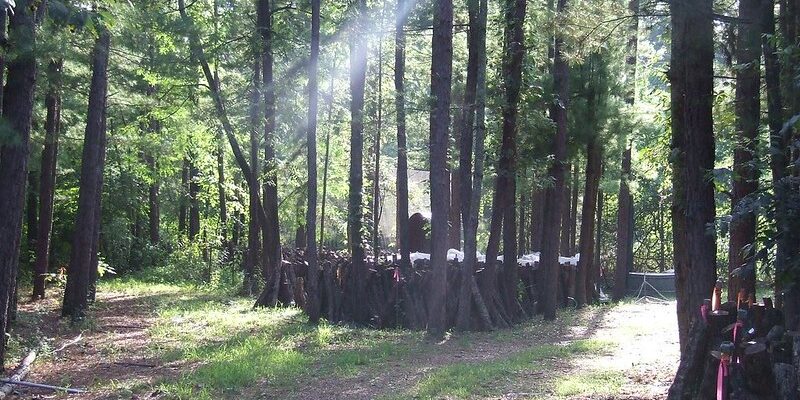As you walk outside, watching birds take flight or a squirrel run up a tree, take a moment to consider the activity beneath your feet. A new study shows more than half the world’s life is in soil — including 90 per cent of fungi, 85 per cent of plants and more than 50 per cent of bacteria. Just a teaspoon of healthy soil can contain up to a billion bacteria and more than a kilometre of fungi, Nature reports.
That makes soil “the singular most biodiverse habitat on Earth,” according to the study, published in the Proceedings of the National Academy of Sciences.
We often take soil, and the biodiversity it supports, for granted. But it’s critical to understand it.
A habitat in jeopardy
“Organisms in soil play an outweighed impact on the balance of our planet. Their biodiversity matters because soil life affects climate change feedbacks, global food security, and even human health,” said lead researcher Mark Anthony, an ecologist at the Swiss Federal Research Institute for Forest, Snow and Landscape Research, in an interview with the Guardian.
Soil, which makes up the top layer of Earth’s crust, is where we grow almost all our food. It’s second only to the ocean for carbon storage.
We should dig deeper into understanding it — especially because topsoil degradation and loss are a growing ecological problem. The United Nations says one-third of global soil has already been affected. The main perpetrator is intensive agricultural practices that cause and speed up erosion and runoff, nutrient and organic matter depletion and disruption of natural processes and cycles.
Soil can also be susceptible to drought and floods, especially where sustainable agricultural practices aren’t employed. Dry soils don’t support life well and can be too baked to absorb water. This makes them prone to erosion and nutrient loss during sudden rains, with potential flooding below from runoff.
Sustainable farming techniques
Global heating and the extreme, unpredictable weather it causes, makes farming more challenging. We must shift to renewable energy, used efficiently and wisely.
But there are immediate, proven ways to protect and make better use of the soils we need to grow food — and they come with climate benefits.
Quick-growing cover plants like clover, alfalfa, barley, oats, wheat and legumes can prevent erosion, fix nitrogen, replenish nutrients, control weeds and pests, slow evaporation and reduce ground-level temperatures.
Ploughing up topsoil to plant seeds for monoculture crops has contributed to soil loss and depletion. So no-till farming — which is gaining widespread acceptance worldwide — also helps, especially when combined with cover crops.
The Biggest Little Farm documentary film illustrates how working with nature can keep soils in place and healthy while producing nutrient-rich, flavourful food, albeit on a relatively small scale — even under increasingly volatile California weather conditions.
As the farm’s website says, “healthy soil is built from the top down, which means every decision we make above it matters. In short this is why ecologically regenerative farming methods that restore biodiversity above and within the soil (cover cropping, compost application, managed grazing, etc.) create some of the most nutrient-dense and flavorful food that only nature can provide.”
Other methods such as agroforestry (integrating trees and shrubs with agriculture), urban and vertical agriculture, a shift toward plant-based diets and more can help maintain and enrich soils while safeguarding the climate, food systems, waterways, lands and ocean.
Protections for soil urgent
We must also protect and restore natural lands and the soils within them. We can’t keep paving or planting over forest and wetland soils through which mycelial networks and root systems connect with nutrients, chemical processes, plants, animals and each other. These systems provide services our health and lives depend on — oxygen production, flood control, food, carbon sequestration, animal habitat, recreational opportunities and more.
The study on soil life also reminds us that, although we’ve been developing large-scale agriculture as if we had a complete understanding of natural systems, our knowledge has been and is still lacking. The researchers note that their study’s margin of error is large and that there’s much still to learn. And yet, we’ve been treating this essential, life-filled, life-giving layer of Earth like we treat the rest of the planet: as if it’s there to exploit without fear of consequences.
But we’re now seeing devastating consequences. Adopting better conservation, restoration and agricultural practices would help soil, food security, climate and health.
David Suzuki is a scientist, broadcaster, author and co-founder of the David Suzuki Foundation. Written with David Suzuki Foundation Senior Writer and Editor Ian Hanington. Learn more at davidsuzuki.org.



